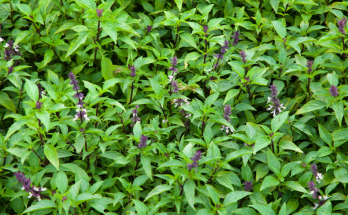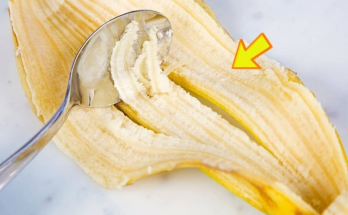From Seed to Spice: A Complete Guide to Growing Anise at Home in Containers

Why Grow Anise at Home?
- Anise Seeds: Purchase quality seeds from a trusted supplier or collect seeds from mature plants.
- Containers: Choose pots or planters at least 12 inches deep with proper drainage holes.
- Potting Mix: Use a well-draining soil mix enriched with organic matter to support healthy growth.
- Watering Can: Opt for one that allows gentle watering to avoid displacing seeds.
- Sunlight: A sunny spot with 6-8 hours of direct sunlight daily is ideal for anise.
Step-by-Step Guide to Growing Anise in Containers

Prepare Your Containers
Fill your containers with the potting mix, leaving an inch of space at the top. Ensure the drainage holes are clear to prevent waterlogging, which can harm your plants.
Plant the Seeds
Scatter anise seeds across the soil, spacing them about 6 inches apart. Gently press the seeds into the soil and cover them with a light layer of potting mix.
After planting, water the soil evenly to moisten it without creating pools of water. Anise thrives in consistently moist but not soggy soil.
Place the containers in a location that receives plenty of sunlight. Anise loves warmth, so aim for a temperature range between 65°F and 75°F (18°C to 24°C). Full sun exposure is essential for optimal growth.
Once the seedlings sprout, thin them to maintain proper spacing and allow the healthiest plants to thrive. Remove the weaker seedlings and give the strong ones about 6 inches of room to grow.
Fertilize for Nutrients
Feed your anise plants with a balanced fertilizer every 4-6 weeks. This ensures the plants get the nutrients they need for robust growth and seed production.
Regularly check your plants for pests like aphids or diseases. Address any issues promptly using natural pest control methods. Keep the soil moist, and provide support if the plants grow tall and start to lean.
Harvesting Your Anise Seeds
Anise plants take around 120-150 days to mature. You’ll know it’s time to harvest when the seed heads turn from green to brown and emit their signature fragrance. Cut the seed heads from the plant, place them in a warm, well-ventilated area to dry, and store the seeds in an airtight container.

- Prune Occasionally: Lightly trim your anise plants to encourage bushier growth and improve airflow, reducing the risk of disease.
- Practice Companion Planting: Grow anise alongside herbs like basil, dill, and cilantro to attract pollinators and deter harmful pests.
- Choose the Right Container Size: Ensure your containers are large enough to accommodate the plant’s roots and support healthy development.
Conclusion


